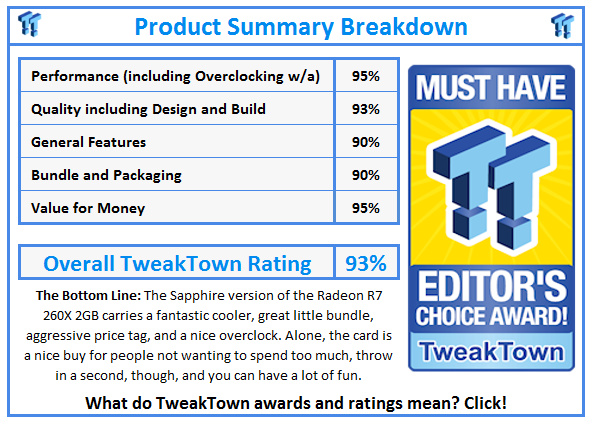Introduction and Package
Introduction of the Sapphire R7 260X 2GB OC
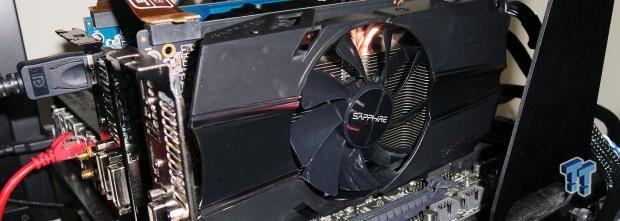
The other day, we got a chance to look at the HIS R7 260X iCooler 2GB, and found ourselves really impressed with the value the model offered. We also recently had the chance to check out the PowerColor R9 280 2GB TurboDuo in CrossFire, and discovered it represents some fantastic value when compared against a single R9 290X 4GB, which is actually priced slightly higher.
Along with the HIS card, we also had this Sapphire card as well. Normally, what we would do is fire up MSI Afterburner, and overclock the Sapphire card to see just how much performance we could get out of the model. However, I thought we'd mix it up a bit today.
I'm a huge fan of CrossFire. Sure, it's not perfect, and we do run into an odd problem here and there, but when it comes to top game titles, the extra GPU performance that is available usually works without an issue. For the most part, my recommendations for any dual GPU setup would revolve around high-end options. The biggest reason to go CrossFire or SLI is because a single card solution doesn't give you the performance you want.
Anyway, with all that said and done, I should quickly cover what exactly we plan to do here today. With our second R7 260X 2GB in hand, we're going to be pairing it with the HIS card we tested the other day to see just what kind of performance we can get when we CrossFire these two mid-range cards.
This probably isn't going to be the most popular CrossFire setup, but why not have some fun every once in a while? Now, let's begin our review with a look at the packaging of the Sapphire R7 260X 2GB OC.
Package - What comes inside the box
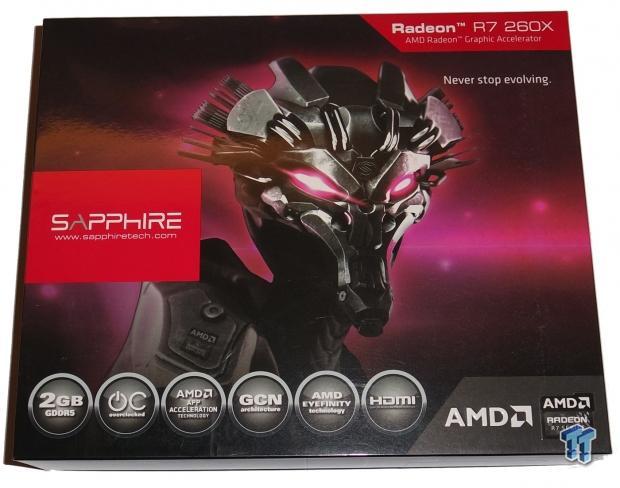
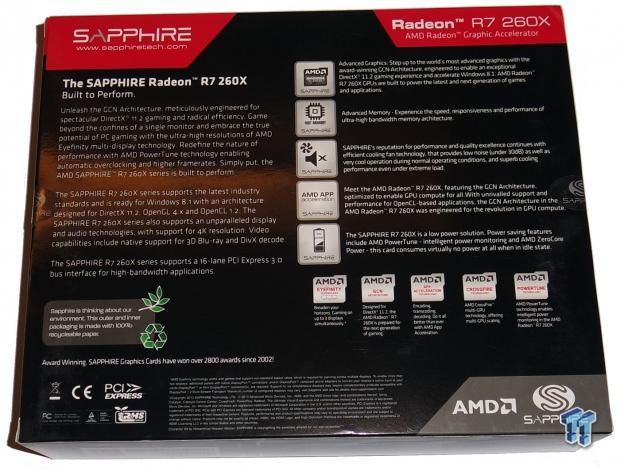
Looking at the box, you can see the overall design is similar to what we normally see, but the package is slightly smaller. You can see the model title across the top, and the Sapphire logo in the middle. Across the bottom, some of the main features are listed, including the fact the card is overclocked, and comes with 2GB of GDDR5 memory.
Upon turning the box over, you can see we've got a bit of a blurb on the left side. The right side gives us a bit of information on the main features, including the memory, Sapphire's cooling performance and quality, and the AMD APP Acceleration and support for low power mode.
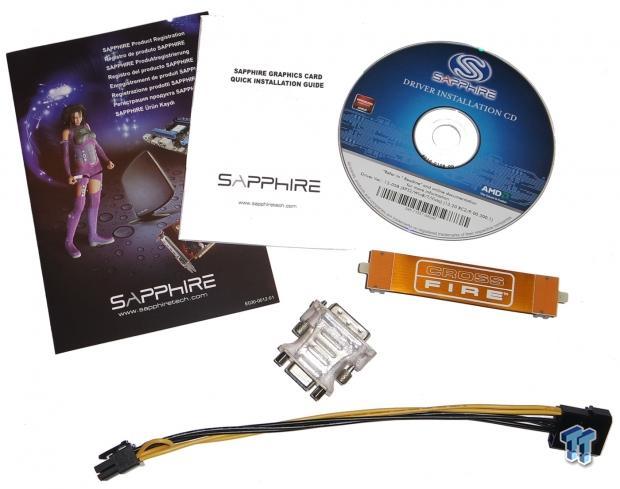
Looking inside the box, we can see there is not a whole lot going on, but probably more than you'd expect. Across the top, you can see all of the normal accessories, including Sapphire Select Club registration card, a Quick Install Guide, and a Driver CD. Across the bottom, we've got a CrossFire bridge, DVI to VGA connector, and a Molex to 6-pin PCIe power connector to round things off.
PRICING: You can find the Sapphire R7 260X 2GB OC for sale below. The prices listed are valid at the time of writing, but can change at any time. Click the link to see the very latest pricing for the best deal.
United States: The Sapphire R7 260X 2GB OC retails for $114.67 at Amazon.
Canada: The Sapphire R7 260X 2GB OC retails for CDN$159.99 at Amazon Canada.
Video Card Details and Specifications
Close up with the Sapphire R7 260X 2GB OC
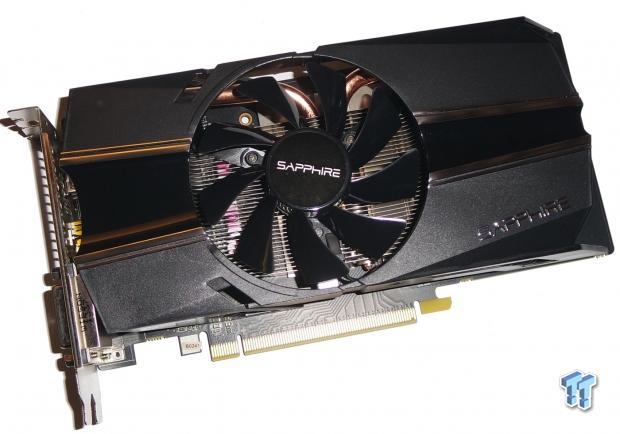
Looking at the card, we immediately recognize a cooler that looks significantly meaner than the HIS card we saw the other day. Having a shroud that covers the entire card does make the card look sexier overall. The big thing we notice behind that fan is the copper heat pipes that come out from the middle of the card. There is also a larger heat sink.
We've got quite a mean looking cooler for a mid-range video card. Outside of the cooler, the other thing we notice is the all black PCB, which is something that always looks good. We're looking forward to seeing just how well this good looking card performs.
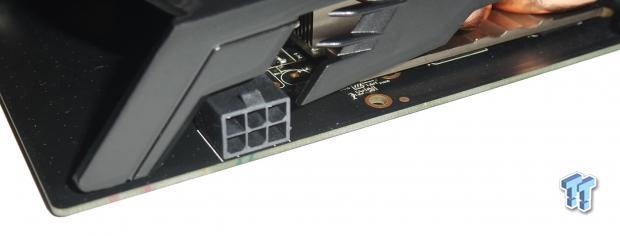

Moving away from the front of the card, and taking a quick spin around to the back, you can see a single 6-pin PCIe power connector at the back. Here we also get a look at the size of the heat sink, and we can see the copper heat pipes that sit in the middle of the card. Heading back to the front, you can see our single CrossFire connector, which we'll be making use of today.
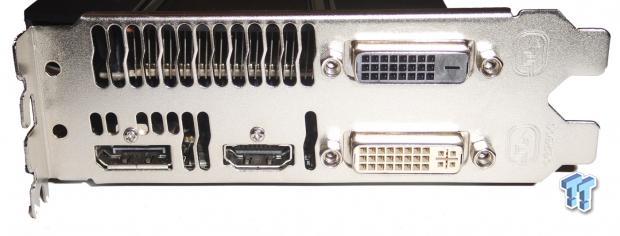
Over in the I/O department, we see a setup that is identical to the HIS R7 260X 2GB we looked at the other day; that means we've got two Dual-Link DVI ports, with one being DVI-D, and the other DVI-I. Next to those two ports, you can see we've got a HDMI, and a DisplayPort connector to round things off here.
Specifications
As we mentioned earlier, the Sapphire R7 260X 2GB OC is an overclocked card, as the name would suggest. Looking below, you can see that the core comes in at 1150MHz, while the 2GB of GDDR5 comes clocked at 6600MHz QDR. This is compared to the HIS card, which was clocked at 1100MHz on the core, and 5000MHz QDR on the memory.
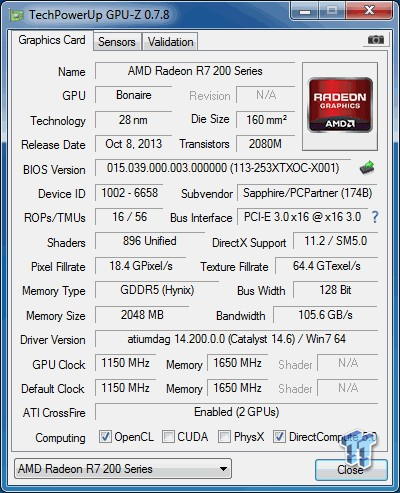
Because the two cards are clocked at a different rate, we fired up MSI Afterburner and pushed the clocks on the HIS card up to the same levels as the Sapphire. We did this in order to make sure we could simulate the performance of two Sapphire R7 260X 2GB OC cards. Finally, before we move forward, we can see CrossFire is indeed enabled at the bottom of the image.
Test System Setup & FPS Numbers Explained
Test System Setup

We would like to thank the following companies for supplying and supporting us with our test system hardware and equipment: Intel, ASUS, and Corsair.
We've created a slightly higher-end setup. I use the term "higher-end" loosely, because a pair of R7 260X 2GB cards in CrossFire are not exactly what we would call high-end. Anyway, because of that, we've expanded the amount of cards in our tests today in comparison to what was in our review on the HIS R7 260X iCooler 2GB.
Along with our Sapphire R7 260X 2GB OC in CrossFire setup, we've got the HIS R7 260X iCooler 2GB we looked at the other day. Moving up from that, we have the HIS R9 270X IceQ X2 Turbo Boost 2GB, and the GIGABYTE R9 280 WINDFORCE 3GB OC to round off the AMD side.
Along with the AMD offerings, we've got the two NVIDIA cards we had in our review the other day, which were the ASUS GTX 750 TI 2GB, and the MSI GTX 760 MINI-ITX Gaming. And finally, we have the higher-end GTX 770 2GB from NVIDIA in reference form.
The FPS Numbers Explained
When we benchmark our video cards and look at the graphs, we aim to get to a certain level of FPS which we consider playable. While many may argue that the human eye can't see over 24 FPS or 30 FPS, any true gamer will tell you that as we climb higher in Frames Per Second (FPS), the overall gameplay feels smoother. There are three numbers we're looking out for when it comes to our benchmarks:
30 FPS - It's the minimum number we aim for when it comes to games. If you're not dropping below 30 FPS during games, you're going to have a nice and smooth gaming experience. The ideal situation is that even in a heavy fire fight, the minimum stays above 30 FPS, making sure that you can continue to aim easily, or turn the corner with no dramas.
60 FPS - It's the average we look for when we don't have a minimum coming at us. If we're getting an average of 60 FPS, we should have a minimum of 30 FPS or better, and as mentioned above, it means we've got some smooth game play happening.
120 FPS - This is the newest number that we've been hunting down over recent months. If you're the owner of a 120 Hz monitor, to get the most out of it, you want to get around the 120 FPS mark. Moving from 60 FPS / 60 Hz to 120 FPS / 120 Hz brings with it a certain fluidity that can't really be explained, but instead has to be experienced. Of course, if you're buying a 120 Hz monitor to take advantage of 3D, an average of 120 FPS in our benchmark means that in 3D you will have an average of 60 FPS, which again means you should expect some smooth gameplay.
Why are some graphs incomplete?
Adding new game benchmarks is a long, tedious, and time consuming task, as every video card has to be re-tested in those new benchmarks. For that reason, we have always just reevaluated our benchmark line up every six months. To stay up-to-date and current with the latest benchmarks and games available, we've changed our approach to adding new benchmarks.
Our benchmark line up will progress and be updated as newer, more intensive games with benchmarks comes to light. While this will mean that initially you may only see a single video card in those particular graphs, as the weeks go on and we test more and more video cards, the results will quickly grow. This will help keep our benchmark line up as up-to-date as possible as we introduce and remove games on a constant basis.
Benchmarks - 3DMark
3DMark 11
Version and / or Patch Used: 1.1
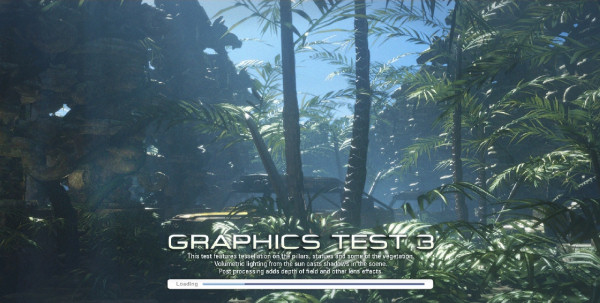
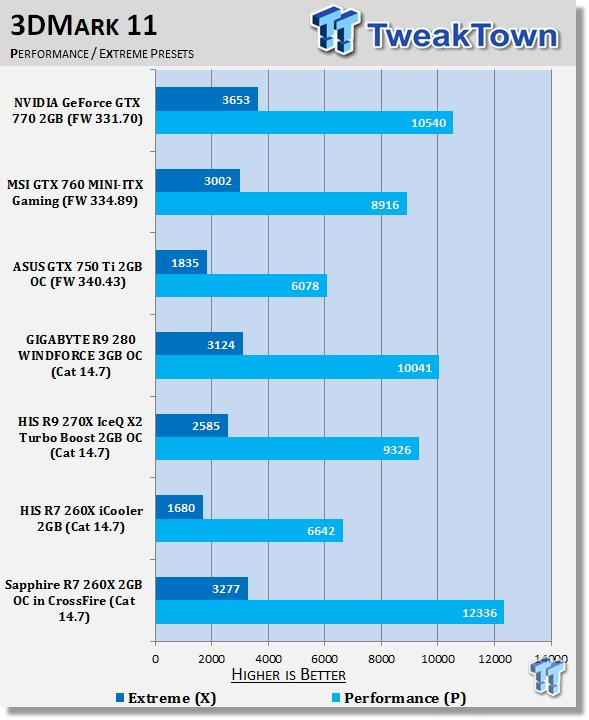
Starting off with 3DMark 11, we can immediately see the excellent gains this CrossFire setup gives us. At the lower resolution Performance preset, we can see our Sapphire R7 260X 2GB OC in CrossFire setup pulls ahead of everything else here. Although, just as we saw with the single card setup, when we move to the higher resolution Extreme preset, it falls back a bit. In this case, you can see we sit a little behind the GTX 770 2GB.
3DMark Fire Strike
Version and / or Patch Used: 1
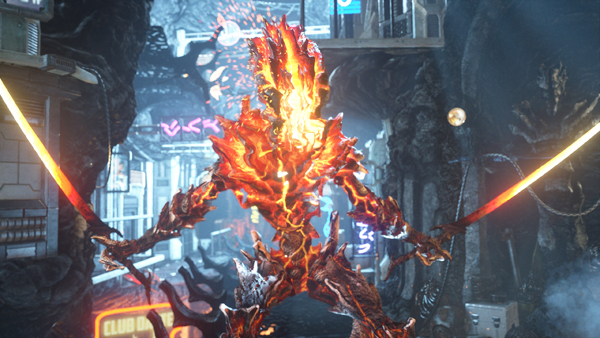
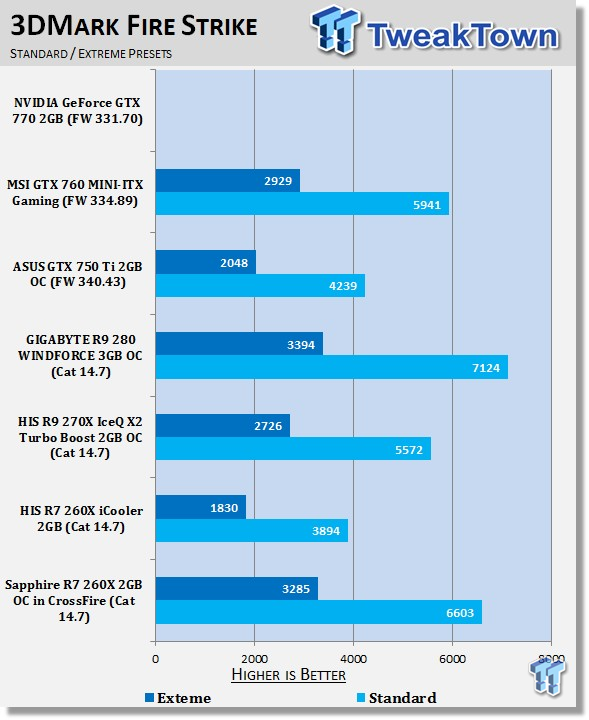
Looking at Fire Strike performance, you can see the numbers are good in comparison to the single card setup. Here we fall behind the R9 280X 2GB by a decent chunk at both presets. It's a bit of a mixed bag so far, and it will be interesting to see how the Sapphire R7 260X 2GB OC in CrossFire setup does during the remainder of our testing.
Benchmarks - 3DMark Sky Diver & Catzilla
3DMark Sky Diver
Version and / or Patch Used: 1.1
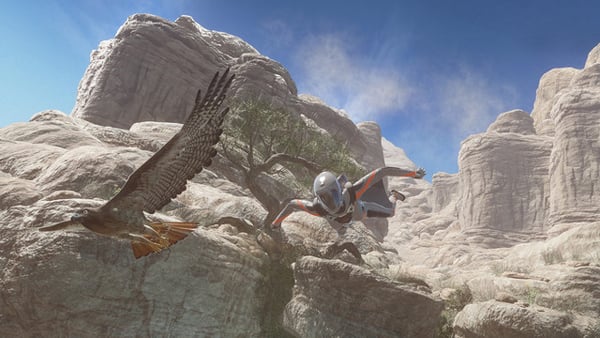
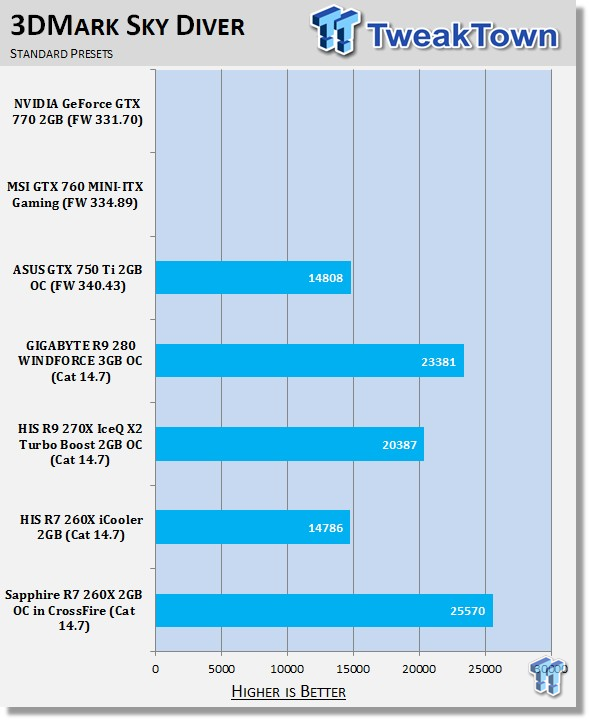
Looking at one of our newer benchmarks, you can see the Sapphire R7 260X 2GB OC in CrossFire performs quite strong once again. This benchmark is designed for more mid-range setups, and unlike what we saw in Fire Strike, Sky Diver sees our Sapphire setup perform ahead of the PowerColor R9 280X 3GB OC.
Catzilla
Version and / or Patch Used: 1.3
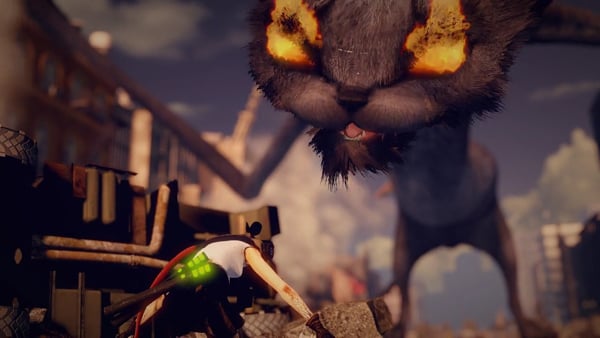
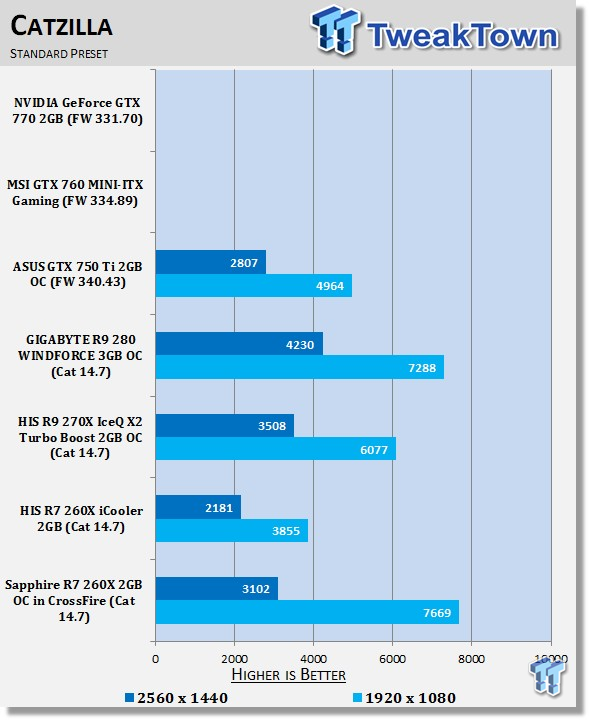
At the lower resolution, we can see that the Sapphire R7 260X 2GB OC in CrossFire setup comes out ahead of the R9 280X 3GB OC card once again. However, when we crank up the resolution to 2560 x 1440, you can see the card falls behind; the setup just doesn't have enough grunt to deal with the higher amount of pixels.
Benchmarks - Unigine Heaven & Phantasy Star Online 2
Unigine Heaven Benchmark
Version and / or Patch Used: 3
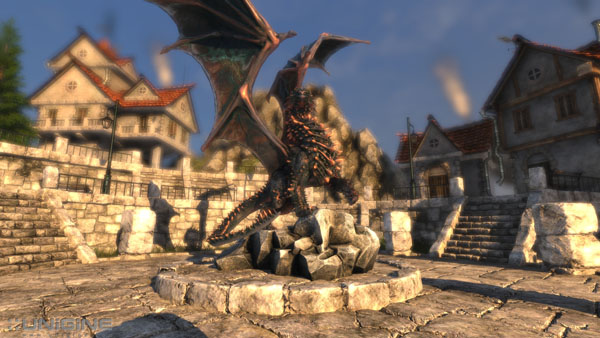
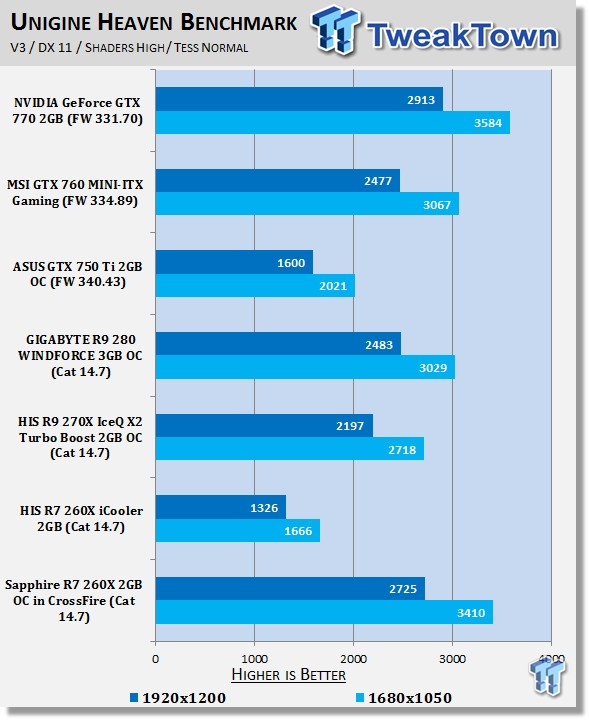
Heaven performance from our CrossFire setup looks good; as you can see, it sits between the GTX 760 and GTX 770. With the big focus on tessellation under Heaven, it doesn't come as much of a surprise that it falls behind the GTX 770. Against the AMD cards, though, you can see we manage to come out ahead of the R9 280 3GB OC at both resolutions.
Phantasy Star Online 2
Version and / or Patch Used: Standalone Benchmark
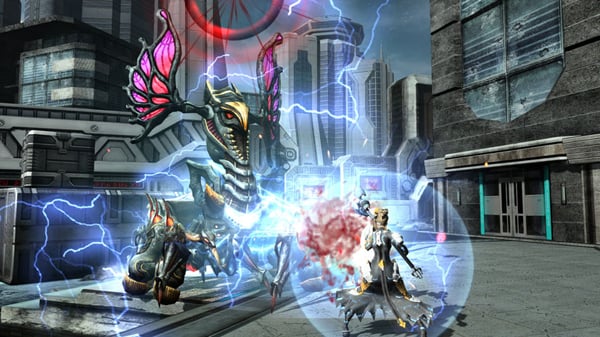
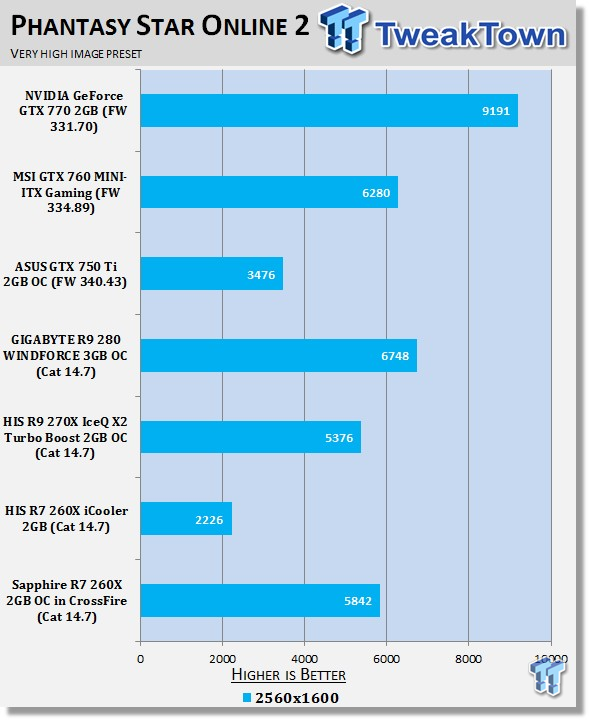
Normally, PSO 2 doesn't make use of CrossFire -not to its full extent at least. Although, this time we see some excellent gains over the single card setup. Looking above, we see gains of over 100% thanks to the second card and the higher clock speeds that are offered by the Sapphire solution.
Benchmarks - Lost Planet 2 & Just Cause 2
Lost Planet 2
Version and / or Patch Used: Standalone Benchmark
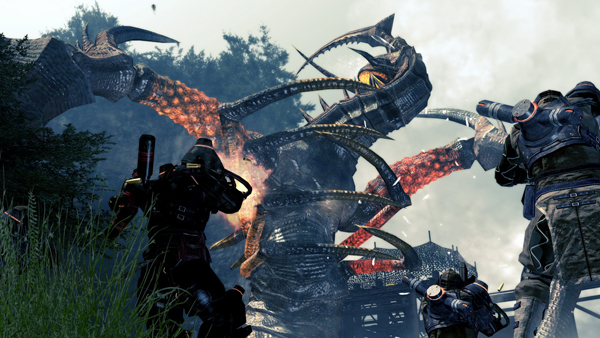
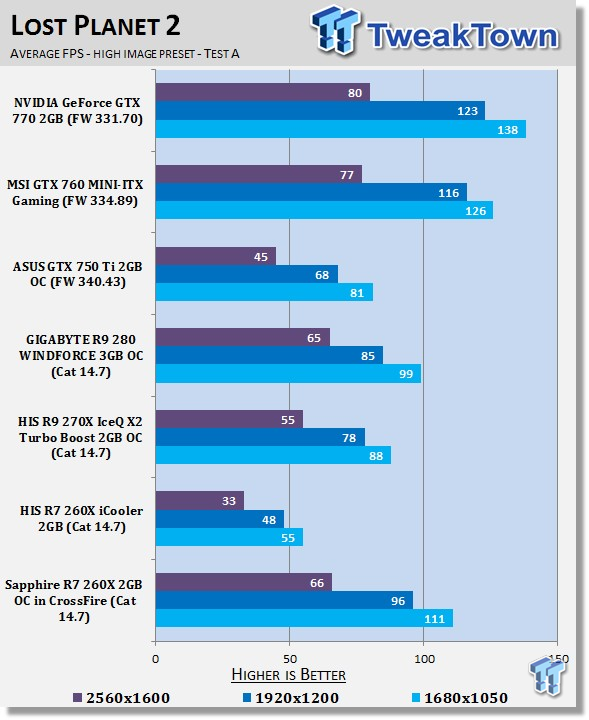
Lost Planet 2 gains are fantastic, and while the game is older, we can see that the single card solution just couldn't get the FPS it needed. Thanks to gains of 100%, though, you can see we've got playable FPS at all resolutions now.
Just Cause 2
Version and / or Patch Used: Latest Steam Update
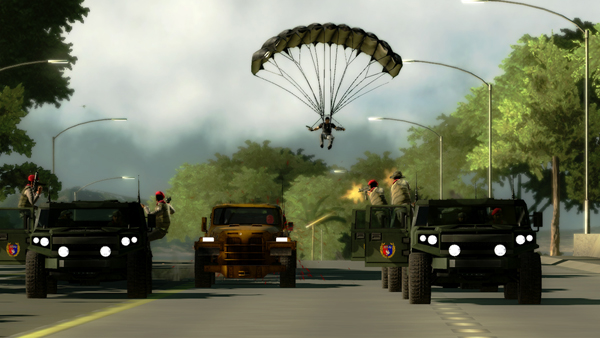
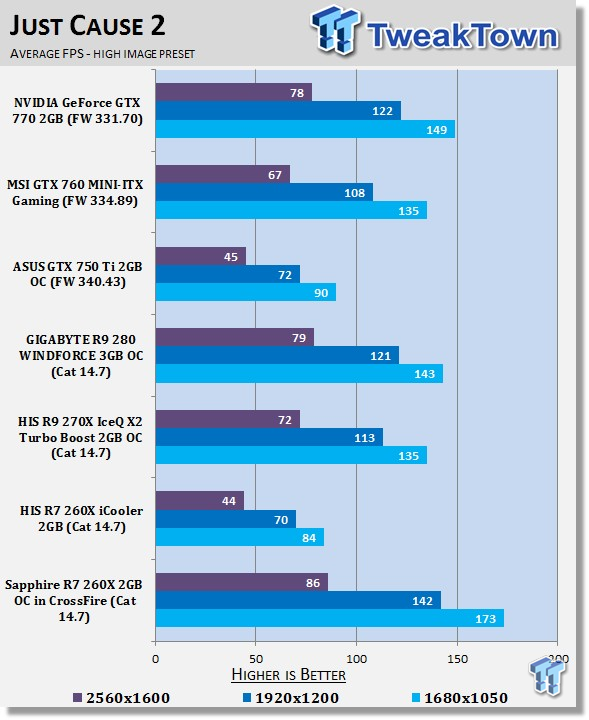
Just Cause 2 performance gains are awesome across the board, and you can see the extra card helps push our setup into playable numbers at the highest resolution. You can also see it manages to pull out a win against our other solutions at all resolutions.
Benchmarks -Metro: Last Light & Nexuiz
Metro: Last Light
Version and / or Patch Used: Latest Steam Update
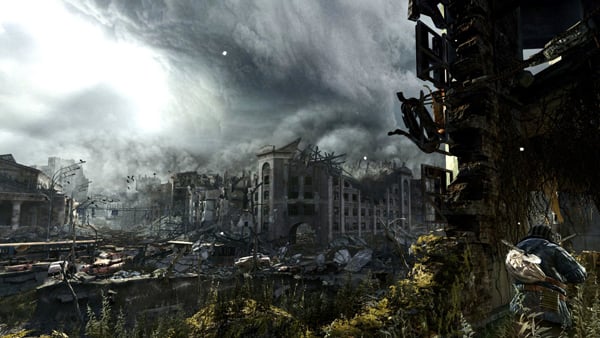
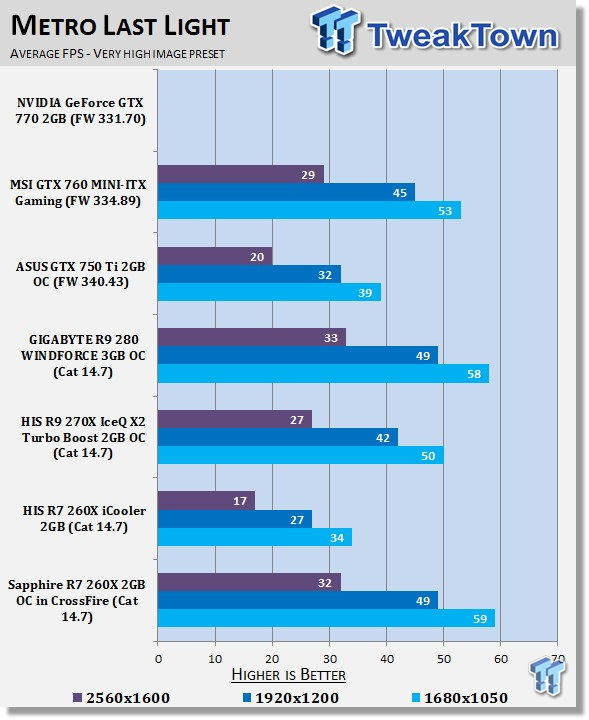
Metro: Last Light sees some great looking numbers, but you can see that the FPS just isn't where it needs to be. While we are close with a 59 FPS average at 1680 x 1050, we always prefer to remain at a solid 60 FPS. Of course, being so close, the smallest detail drop would get us that extra performance that we want.
Nexuiz
Version and / or Patch Used: Latest Steam Update
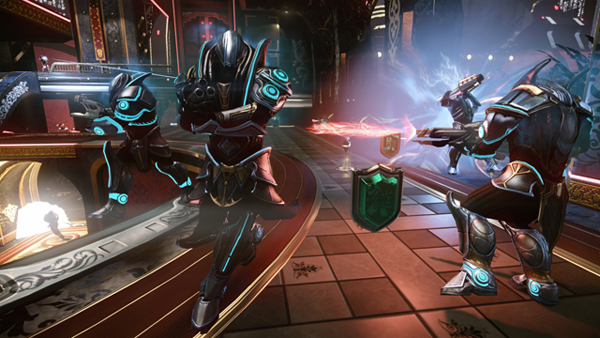
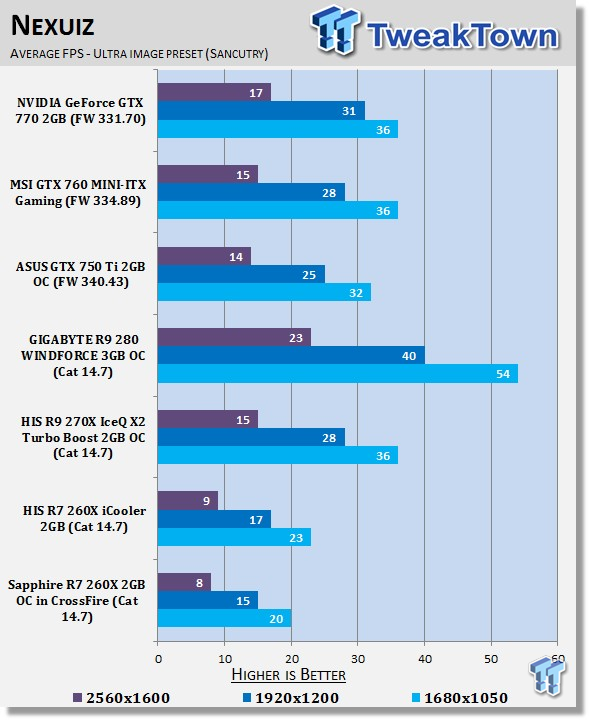
Nexuiz has had issues with CrossFire for as long as I can remember, and here is no different. With a second card thrown into the mix, you can see our FPS actually drop, which means that Nexuiz is now even further away from being playable.
Benchmarks - Sniper Elite V2 & Sleeping Dogs
Sniper Elite V2
Version and / or Patch Used: Standalone Benchmark
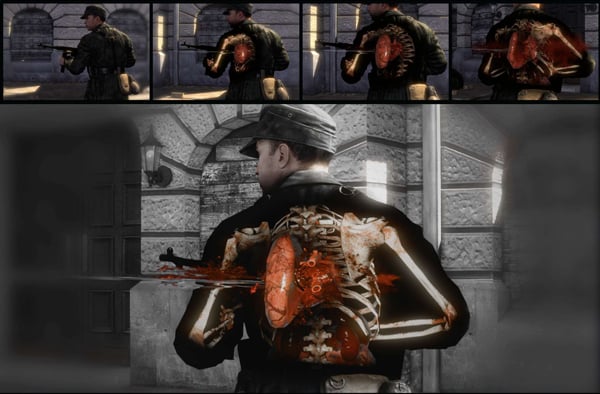

Sniper Elite V2 sees some great gains, but the extra card isn't quite enough to bring us to that 60 FPS number at 2560 x 1600. However, the good news is that where the single card solution couldn't get 60 FPS at any resolution, by throwing the second card into the mix we are able to get awesome numbers at both 1680 x 1050 and 1920 x 1200.
Sleeping Dogs
Version and / or Patch Used: Latest Steam Update
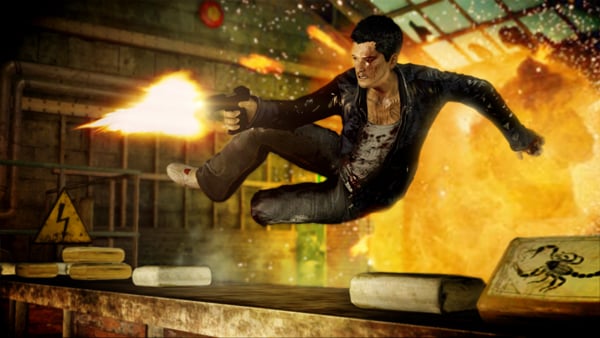
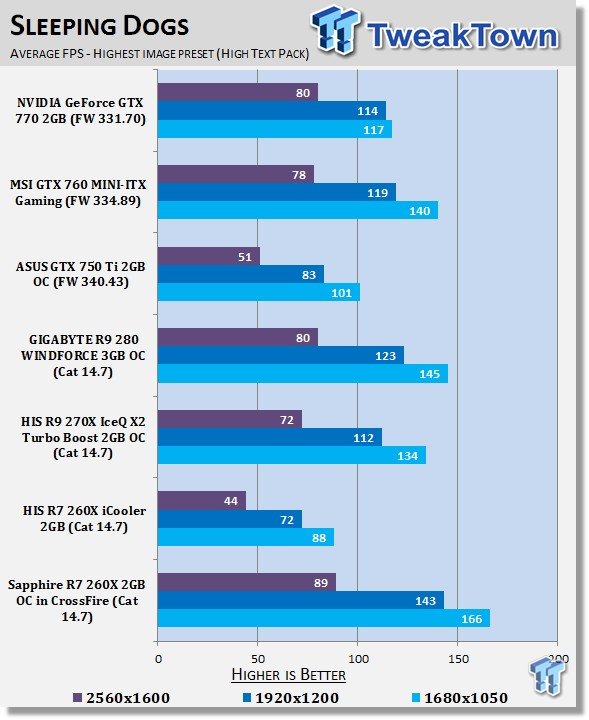
Sleeping Dogs gains are solid across the board, with around 100% being seen at all resolutions. This is a strong increase in performance, and now we've got some extremely solid numbers at 2560 x 1600. This resolution just wasn't an option on the single GPU setup.
Benchmarks - Hitman: Absolution & Tomb Raider
Hitman Absolution
Version and / or Patch Used: Latest Steam Update
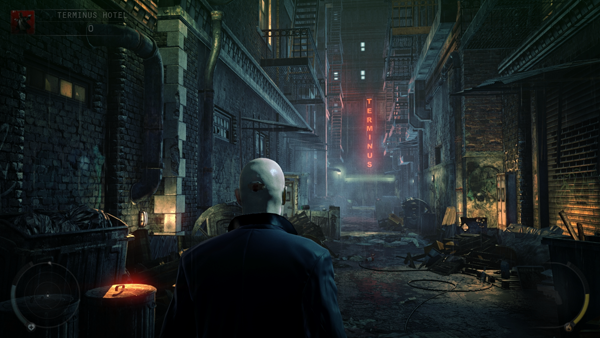
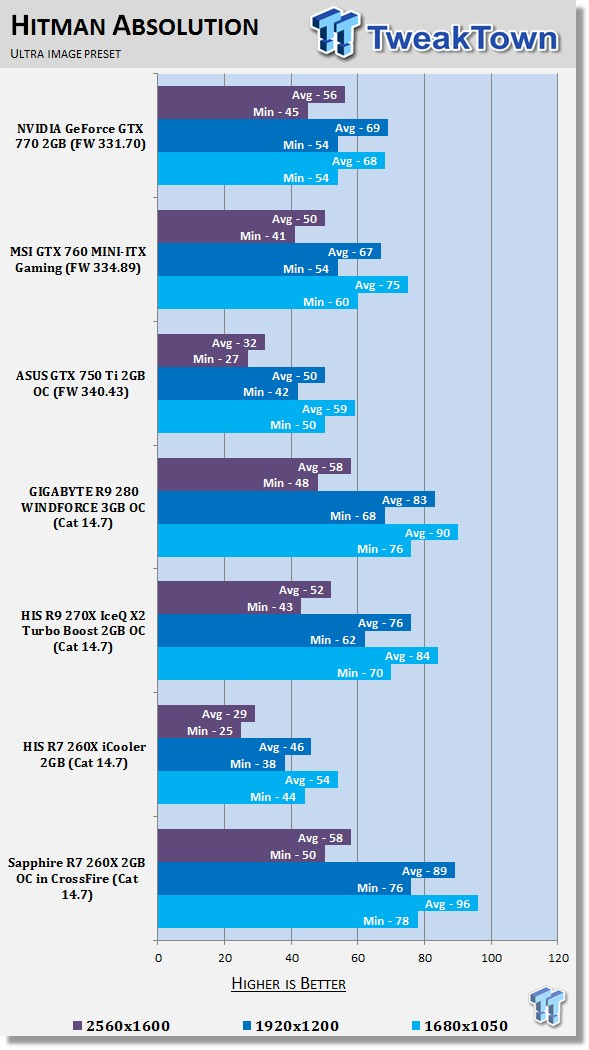
Hitman: Absolution gains are great, and there are playable FPS across the board. While we do fall short of that 60 FPS number we want at 2560 x 1600, because of the 50 FPS minimum, you're still going to have a great overall gaming experience.
Tomb Raider
Version and / or Patch Used: Latest Steam Update
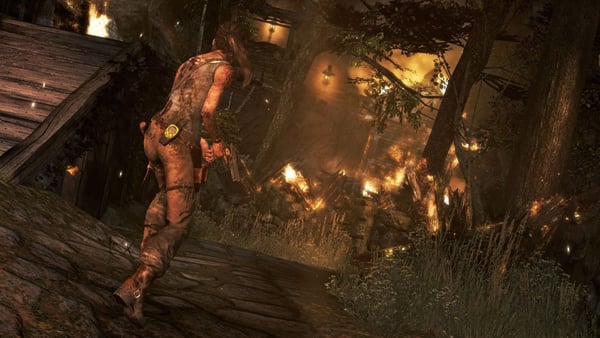
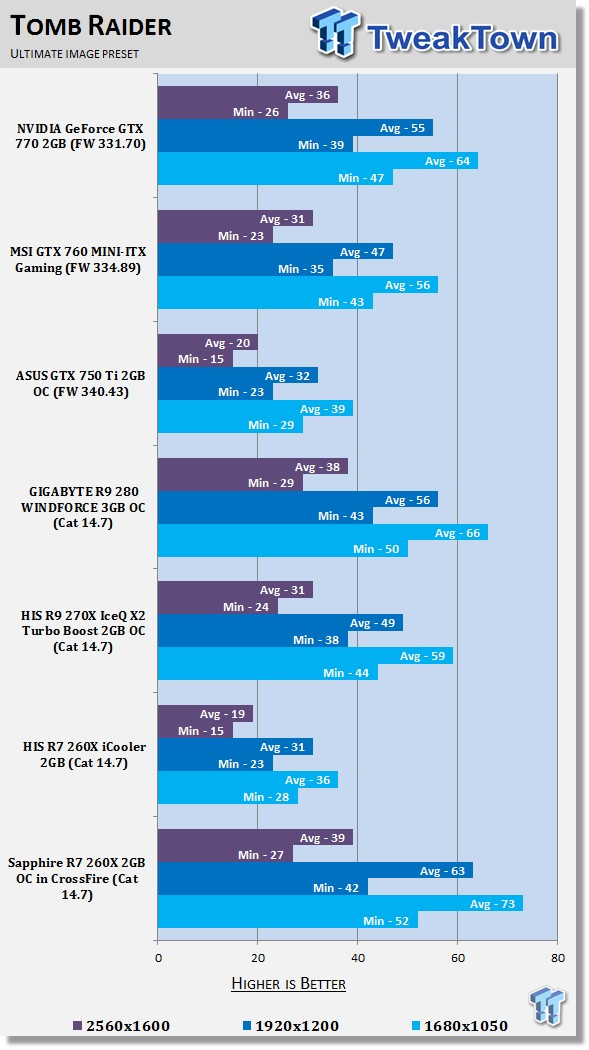
The super intensive Tomb Raider sees some great gains across the board. Looking above, you can see the single R7 260X 2GB couldn't get playable FPS at any resolution. On the other hand, the Sapphire CrossFire setup we've got here manages to get great FPS at both 1680 x 1050, and 1920 x 1200.
Benchmarks - BioShock Infinite & Battlefield 4
BioShock Infinite
Version and / or Patch Used: Latest Steam Update
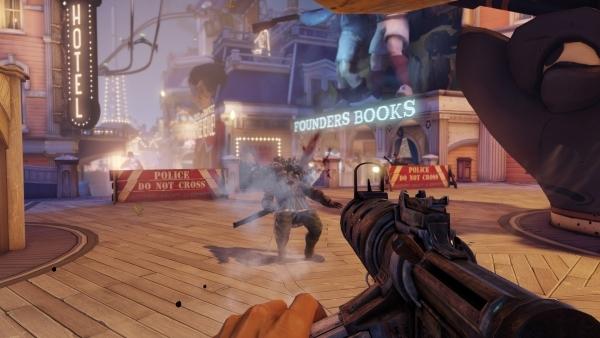
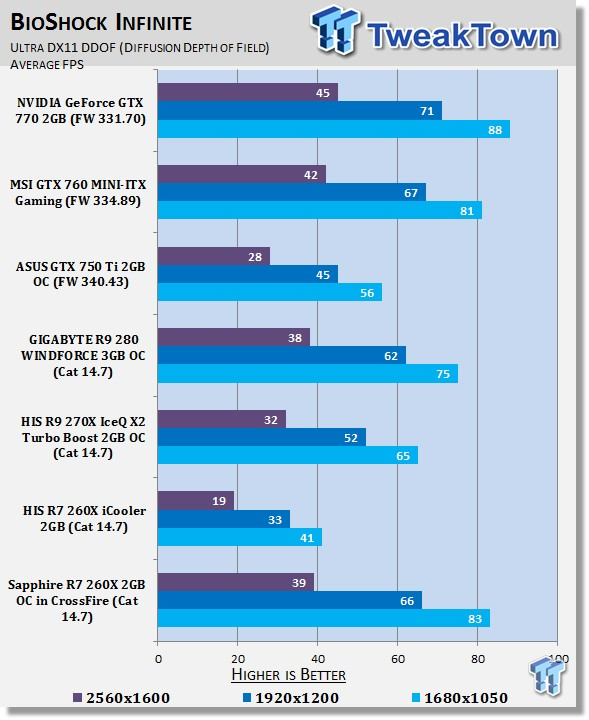
BioShock Infinite continues the trend with some fantastic FPS being seen at both 1680 x 1050, and 1920 x 1200. Once again, our CrossFire setup comes out ahead of the R9 280 3GB OC.
Battlefield 4
Version and / or Patch Used: Latest Origin Update
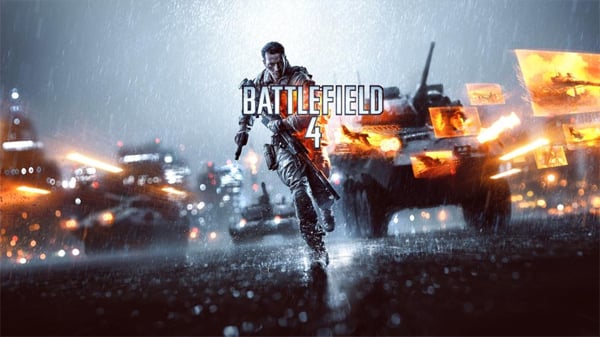
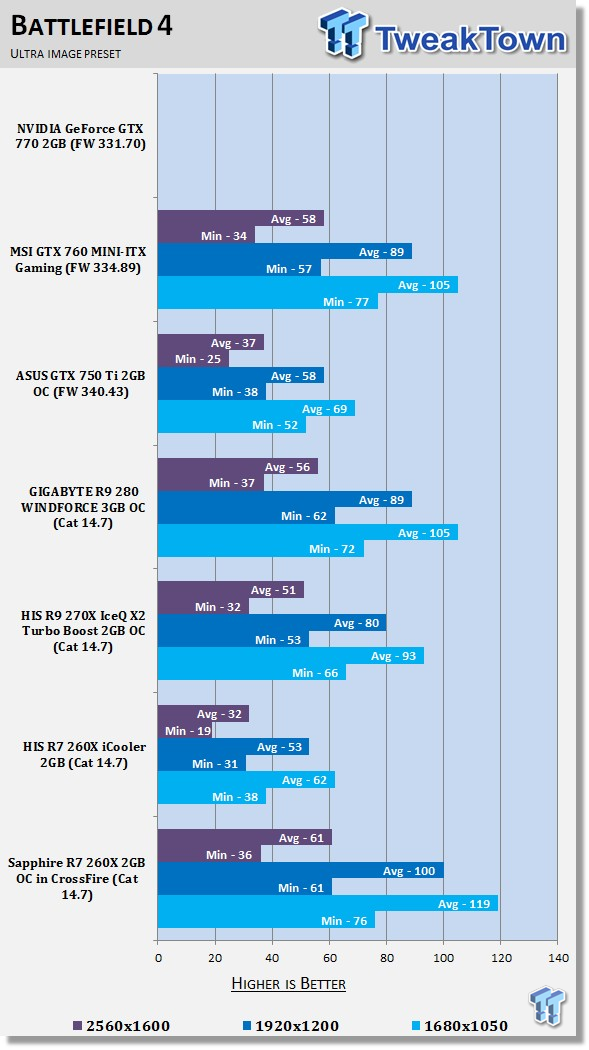
Battlefield 4 makes great use of the CrossFire technology here, and shows fantastic gains across the board. At the highest resolution, it's enough to actually bring in playable numbers with a solid minimum and average.
Benchmarks - GRID Autosport
Grid Autosport
Version and / or Patch Used: Latest Steam Update
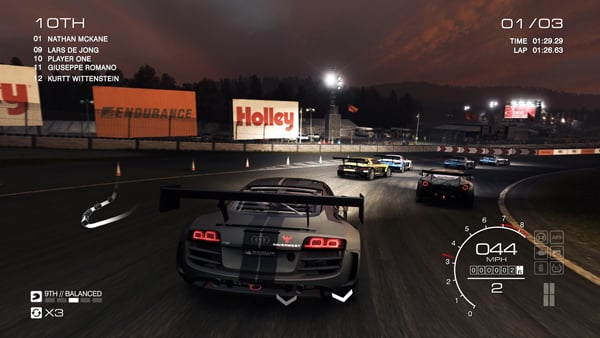
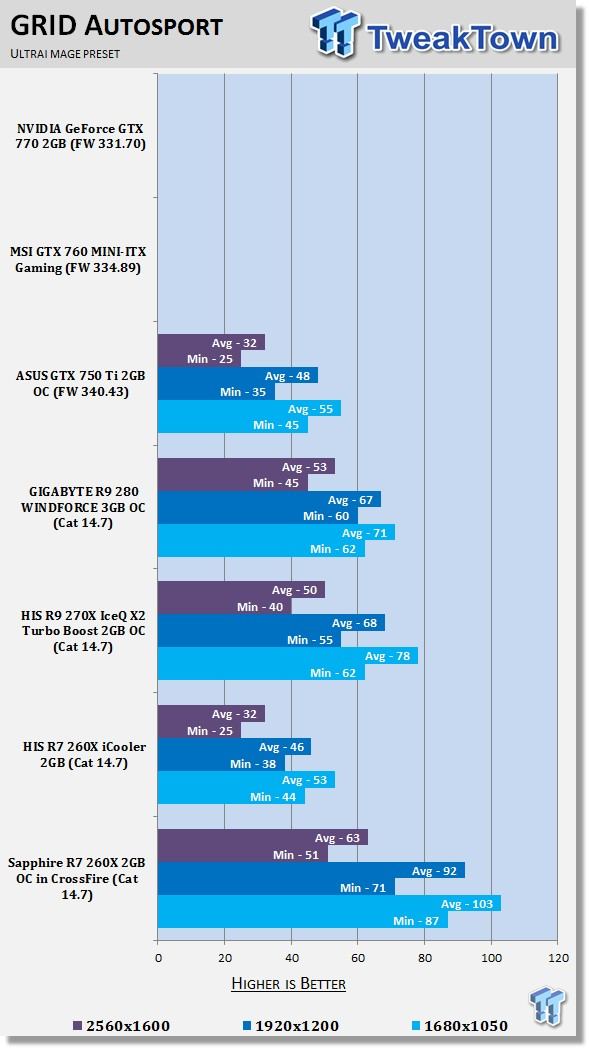
With the two cards installed, you can see that performance is extremely strong across the board, and this little setup has no trouble offering us playable FPS at all resolutions. This is something the single R9 280 3GB OC can't do since it falls slightly short at 2560 x 1600, with a 53 FPS average.
Benchmarks - High Quality AA and AF
High Quality AA and AF Testing
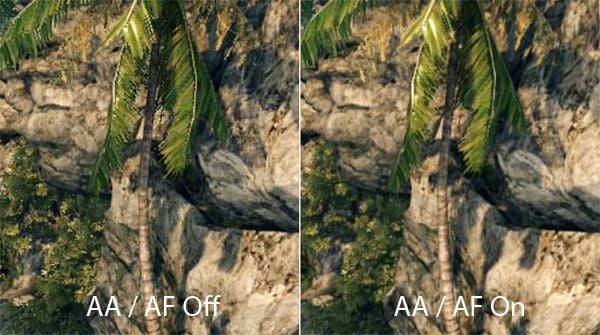
While we test all our games with maximum in-game settings, turning on Anti-Aliasing (AA) and Antistrophic Filtering (AF) helps take the intensity of our testing to another level.
Here we see video cards go from playable FPS to unplayable FPS, and the real power houses continue to help break that 60 FPS mark we always aim for to provide a smooth gaming experience.
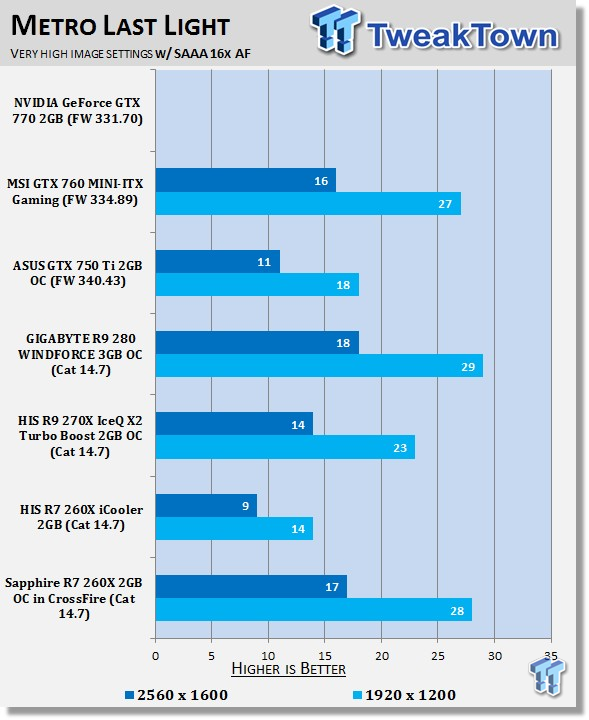
While we do see some nice performance gains from the CrossFire setup, it's not enough overall. The setup falls short at this level of detail.

GRID Autosport FPS skyrockets in both resolutions, with 1920 x 1200 not being an issue, and 2560 x 1600 looking good with a 54 FPS average. With that said, it's still a little short of where we want to be. Although, it does have a good jump on the R9 280 3GB OC.
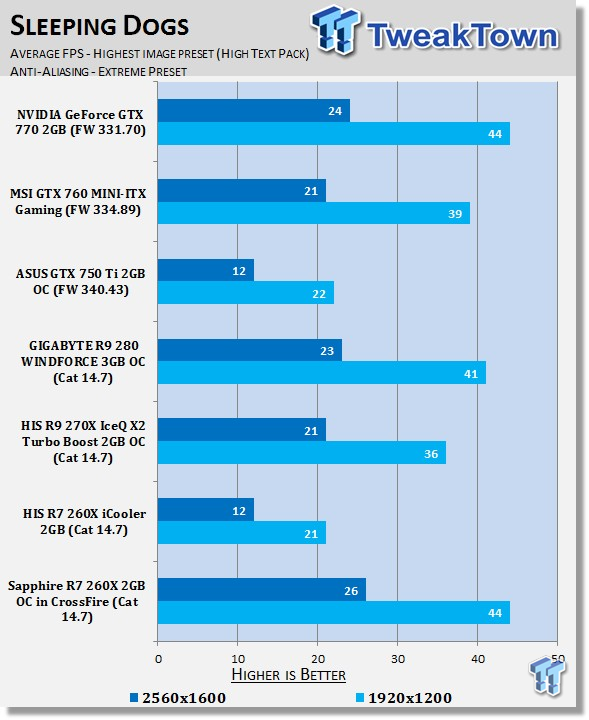
While Sleeping Dogs sees some great gains, the overall performance just isn't where it needs to be at both resolutions.
Benchmarks - 4K - 3840 x 2160 Testing
4K - 3840 x 2160 Testing

4K monitors are the next step for gamers demanding the best in image quality. With 4x the pixels of a standard 1920 x 1080 monitor (meaning 4x the intensity), 3840 x 2160 brings a new level of intensity to video cards.
To make sure that you're buying the right video card for a monitor that offers such a large resolution, we test the latest and greatest video cards in a couple of benchmarks to give you an idea of just what kind of setup you require.
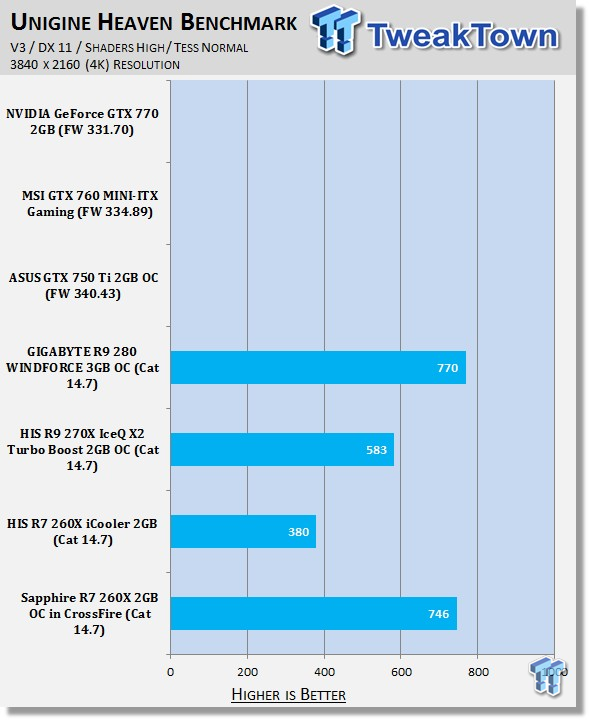
After cranking up the resolution, and checking out Heaven, our CrossFire setup sees a great performance gain over the single card solution. In the end, you can see we're quite close to the single R9 280 3GB OC card.
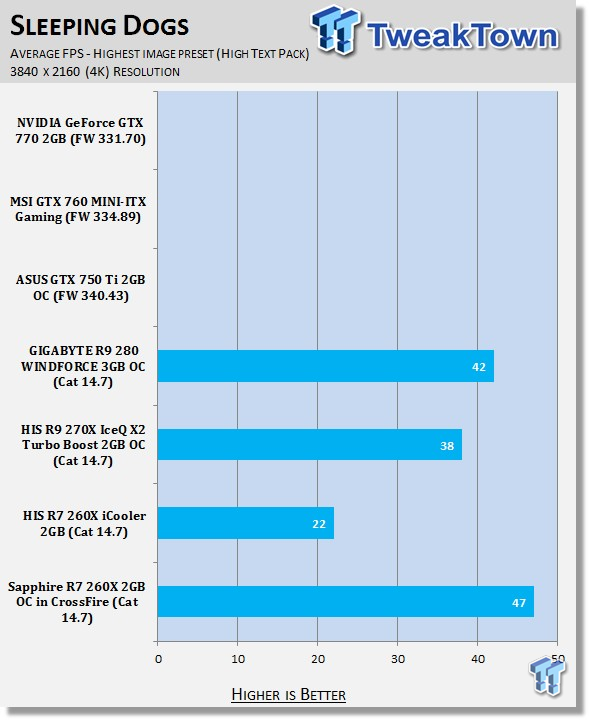
Sleeping Dogs sees an awesome performance boost just over 100% thanks to both cards being clocked higher than the single R7 260X 2GB. Unfortunately, you can see we're still below that 60 FPS mark we want, and to be honest, we are below by a decent chunk.
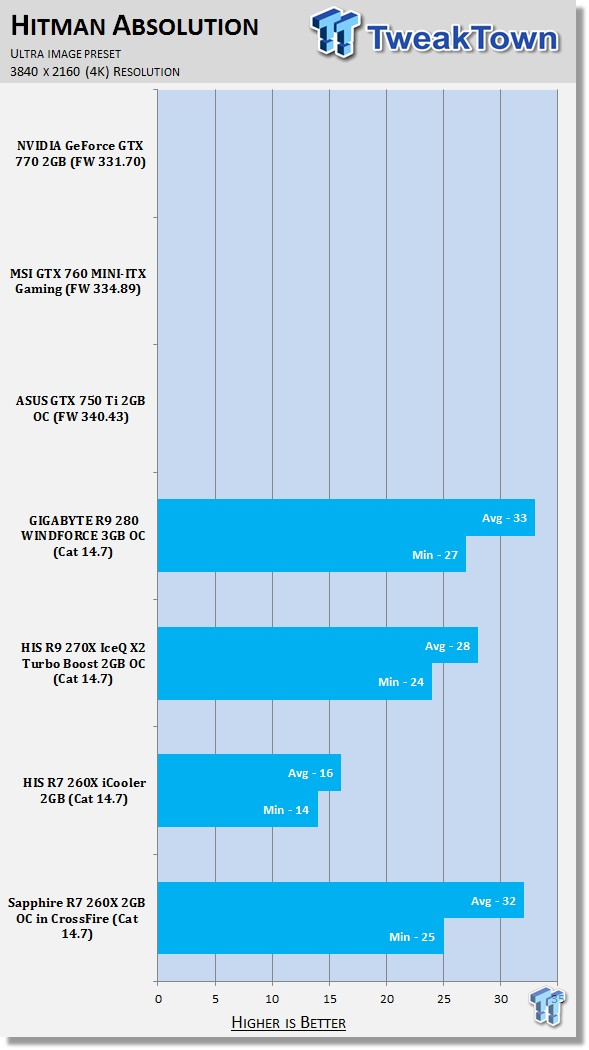
While Hitman: Absolution sees some really nice gains over the single card solution, it's still not enough, as the overall FPS falls short of playable numbers here; just like the R9 280 3GB OC.
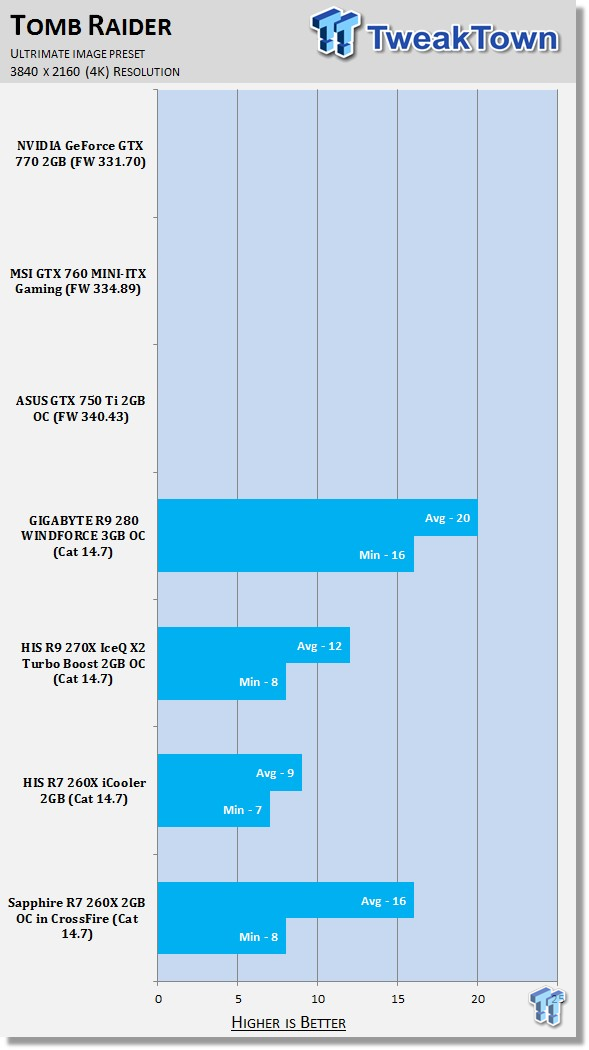
With the intensity of Tomb Raider, it comes as no surprise that we're still a mile away from the playable 60 FPS we want. Even with CrossFire, you can see our minimum FPS still sits in the single digit category.
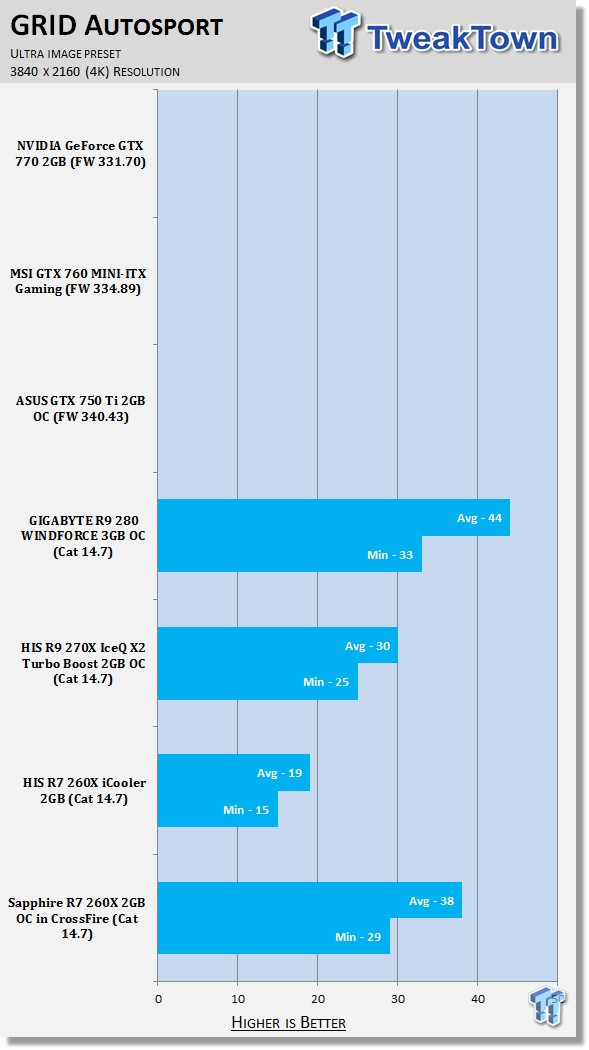
Finishing up here with GRID Autosport, you can see a minimum that's not too bad, but an average that is just way too low. Getting the FPS to where it needs to be would require a massive drop in-game quality at this resolution.
Temperature & Sound Testing
Temperature Test

The temperature of the core is pulled from MSI Afterburner with the max reading used after a completed run of 3DMark Vantage at the Performance preset.

At load, the Sapphire card comes in seven degrees Celsius cooler than the HIS card we looked at the other day. Considering the fact the card is also clocked higher, this is a good number for the Sapphire cooler, which looked strong from the second we saw it.
Sound Test

Pulling out the TES 1350A Sound Level Meter, we quickly find ourselves yelling into the top of it to see how loud we can be.
After five minutes of that, we get a bit more serious, and place the device two CM away from the fan on the card to find the maximum noise level of the card when idle (2D mode), and in load (3D mode).

Noise levels sit pretty much in the middle of the pack. Considering the clock speeds, and the fact we're dealing with two cards, the number isn't too bad overall.
Power Consumption Testing

Using our PROVA Power Analyzer WM-01 -or "Power Thingy" as it has quickly become known as to our readers- we are now able to find out what kind of power is being used by our test system and the associated video cards installed. Keep in mind that it tests the complete system (minus LCD monitor, which is plugged directly into AC wall socket).
There are a few important notes to remember, though. While our maximum power is taken in 3DMark06 at the same exact point, we have seen the power being drawn as much as 10 percent more in particular tests. We test at the exact same stage every time, so tests should be very consistent and accurate.
The other thing to remember is that our test system is bare minimum -only a SSD is used, with a single CD ROM, and minimal cooling fans.
So, while the system might draw 400 watts in our test system, placing it into your own PC with a number of other items will result in a higher draw.

When it comes to power draw, we're nearing 500 watts for a setup like this, which is quite a decent number. If you did want a setup like this, then you'd probably want to look at a quality PSU in the range of 600 watts to 650 watts.
Pricing, Availability, and Final Thoughts
I think the first thing I have to say is: compared to how I thought this CrossFire setup would perform, the actual performance leaves me a little stumped. To be completely honest, I went into testing this setup with no real expectations. Initially, this test was simply a chance to have a bit of fun with a pair of cards that would set you back $240. However, I was pleasantly surprised.
So, how does that price point compare to other AMD offerings? Well, it's about the same price as a single R9 280 3GB; sometimes more, sometimes less, depending on the particular version of the R9 280 3GB you are looking to buy. As for the NVIDIA side of things, this setup is about the starting price of a GTX 760 2GB.
Let's talk about the single card for a moment. This is a fantastic little buy for the cost. It can be had for about $120, which is an excellent price point. The cooler is really nice -much better than you'd expect for a mid-range card at this price point. You really don't expect to see copper heat pipes coming out of the center of the card. If you're looking at spending under $150, this is a great little card.
This card is going to pack a bit more punch than the HIS card we looked at, thanks to higher clocks, and we already felt the HIS card did a good job for the price. On top of the cooler, and the better overclock, this model carries a bit more of a bundle. It might not be any use to you, but again, at this price point, it's more than you would expect.
Let's get back to the topic of the CrossFire setup. I find myself really quite shocked at how cool this setup is, and the performance it gives. The gains we saw often hit 100%, if not higher, thanks to the extra MHz that is offered by the Sapphire version. The biggest question is: Would you buy something like this over the R9 280 3GB OC?
This is a super tough question to answer. The logical part of my brain says "no." You're better off with the R9 280 3GB single card solution. If you wanted to do something to improve performance with the R9 280 3GB, you could overclock it and get some extra MHz at no cost. This is especially great since you can pick up a R9 280 3GB for a little less than what a pair of these Sapphire cards will set you back.
The problem is that the illogical part of my brain, the part that just likes to have fun, tells me to pick this setup over the single card solution any day of the week. This was one of those times I found myself waiting impatiently to see the benchmark results. This is an awesome little setup that really does represent some great value. Maybe it's not the best way to spend your money, though. CrossFire is pretty good, but you could run into problems with a game in future.
Should you buy this setup? Maybe not. Would doing so being a terrible decision? No. Would it be the best decision? Probably not. In the end, this is just a really cool setup that puts out some excellent performance for the price. I'd say it represents better value than the R9 280 3GB. At the same time, the chance that you're going to run into any issues with a single card solution is going to be less than that of a dual card setup. Still, this is a cool, fun setup that offers some awesome performance for the price. You can't really go too wrong buying either this CrossFire setup, or a single R9 280 3GB OC.
PRICING: You can find the Sapphire R7 260X 2GB OC for sale below. The prices listed are valid at the time of writing, but can change at any time. Click the link to see the very latest pricing for the best deal.
United States: The Sapphire R7 260X 2GB OC retails for $114.67 at Amazon.
Canada: The Sapphire R7 260X 2GB OC retails for CDN$159.99 at Amazon Canada.

